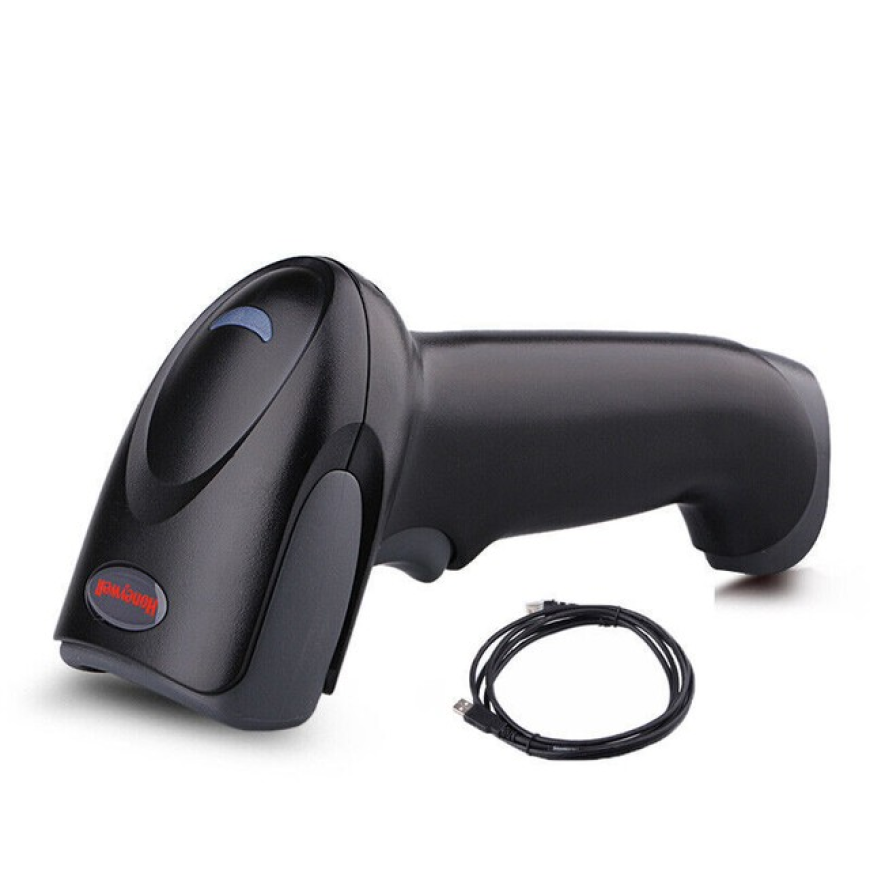Decoding the Future: The Role of Barcode Scanners in Modern Industry

Introduction to Barcode Scanners
Barcode scanners have become a fundamental tool in modern business operations, quietly powering countless transactions and logistical processes across the globe. From retail checkouts to warehouse inventories and hospital records, barcode scanners provide a quick and accurate way to input and access information. Although they often go unnoticed, these devices form the backbone of many industries, enhancing efficiency, reducing errors, and streamlining workflows.
How Barcode Scanners Work
At their core, barcode scanners function by reading the unique patterns of bars and spaces printed on a barcode. These patterns represent data in a machine-readable format, typically identifying products or tracking items. When a barcode scanner is pointed at a code, it emits a light often red laser or LED which reflects back into a sensor. The scanner then translates the varying levels of light into electrical signals, which are processed and decoded into digital data. This data is then transmitted to a computer or a point-of-sale (POS) system, where it can be used for a range of applications.
Types of Barcode Scanners
Barcode scanners come in various forms to suit different environments and tasks. Handheld scanners are the most common, ideal for retail counters or small businesses. Fixed-position scanners are more common in automated environments like conveyor belts in warehouses. There are also wearable and mobile barcode scanners, increasingly used in logistics and delivery services to improve mobility and productivity.
Additionally, scanners differ by technology. Laser scanners are well-suited for reading traditional one-dimensional (1D) barcodes, while more advanced image-based or 2D scanners can read QR codes and barcodes printed in poor quality or on curved surfaces. With smartphone integration, some mobile apps can now perform barcode scanning using built-in cameras, democratizing access to this technology for consumers and small business owners alike.
Applications Across Industries
The versatility of barcode scanners or rfid scanner is evident in the wide range of industries that rely on them. In retail, they are used for inventory management, tracking sales, and speeding up customer transactions. In healthcare, barcode scanners ensure patient safety by verifying medications and matching them to the correct patient records. In manufacturing, they track components through every stage of production, providing transparency and control over supply chains. Logistics companies use barcode scanning to manage shipments, track deliveries, and minimize losses.
In recent years, the education sector and libraries have adopted barcode scanning for book lending, attendance systems, and asset tracking. Even in event management, barcode scanners are used to scan tickets and monitor crowd entry in real time.
Benefits of Barcode Scanning Technology
One of the main benefits of barcode scanning is its accuracy. Manual data entry is prone to errors, which can lead to costly mistakes, delays, or safety issues. Barcode scanners greatly reduce such risks by providing near-perfect precision. They are also incredibly fast scanning and processing a barcode takes just a fraction of a second, which significantly accelerates business operations.
Barcode scanners also help reduce operational costs. They require minimal training, integrate easily with existing systems, and cut down on time spent on data management. Furthermore, with real-time data collection, businesses can make better decisions based on up-to-date inventory levels, sales trends, and supply chain status.
The Future of Barcode Scanners
As technology continues to evolve, so too do barcode scanners. They are increasingly integrated with artificial intelligence and cloud-based systems, enabling smarter data analysis and predictive analytics. For example, some modern scanners use machine learning to read damaged or obscured barcodes more effectively. Others are part of Internet of Things (IoT) ecosystems, contributing to real-time monitoring across distributed networks.
Additionally, the rise of augmented reality (AR) and wearable technology is shaping the future of barcode scanning. Imagine warehouse workers using smart glasses to scan items just by looking at them, receiving instant updates in their field of view.
Conclusion
Barcode scanners have quietly transformed the way we live and work, providing a seamless bridge between the physical and digital worlds. Their ability to quickly, accurately, and efficiently process data makes them indispensable in almost every industry. As new innovations continue to expand their capabilities, barcode scanners will undoubtedly remain at the center of operational excellence and digital transformation for years to come.

 master
master